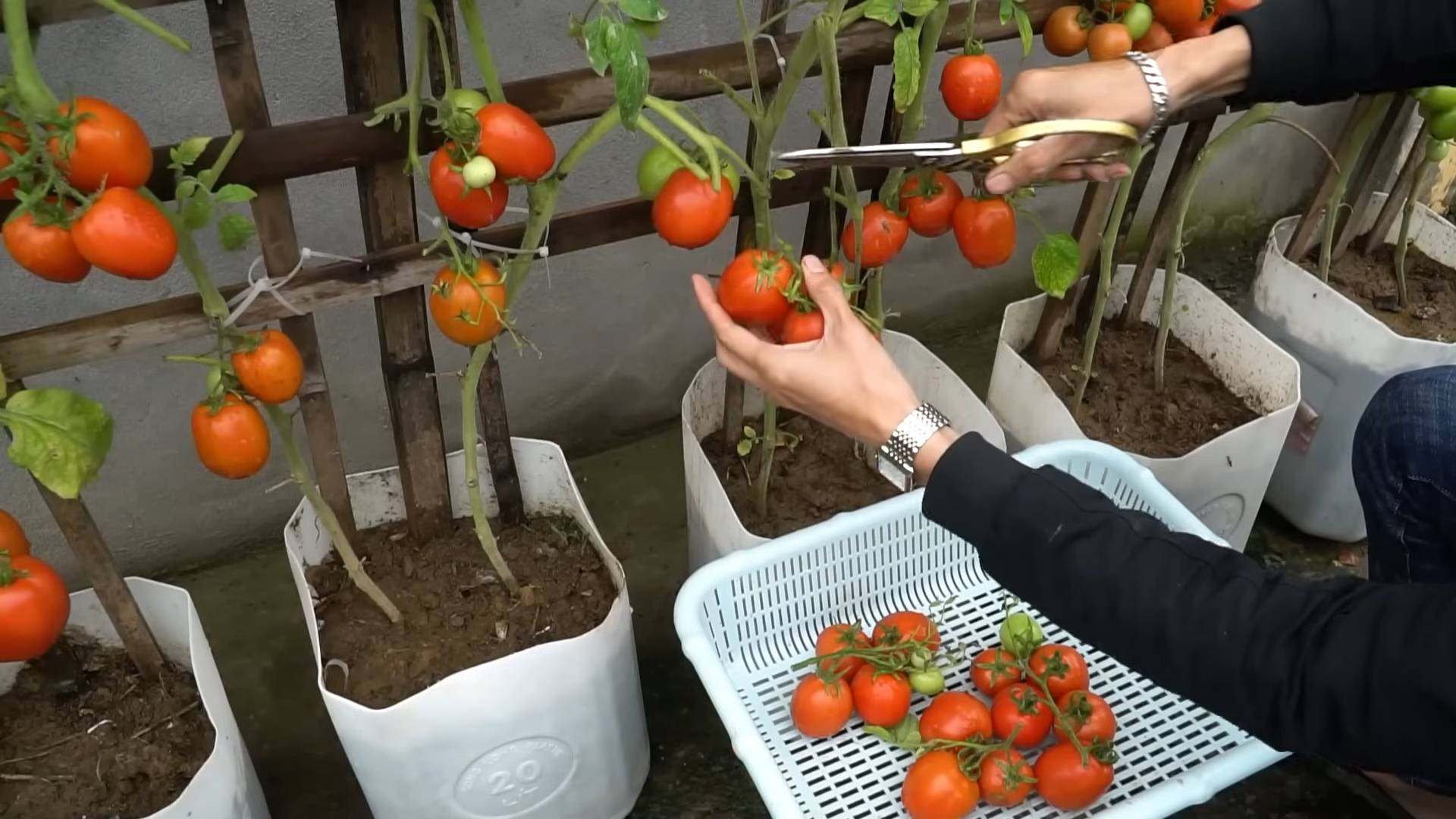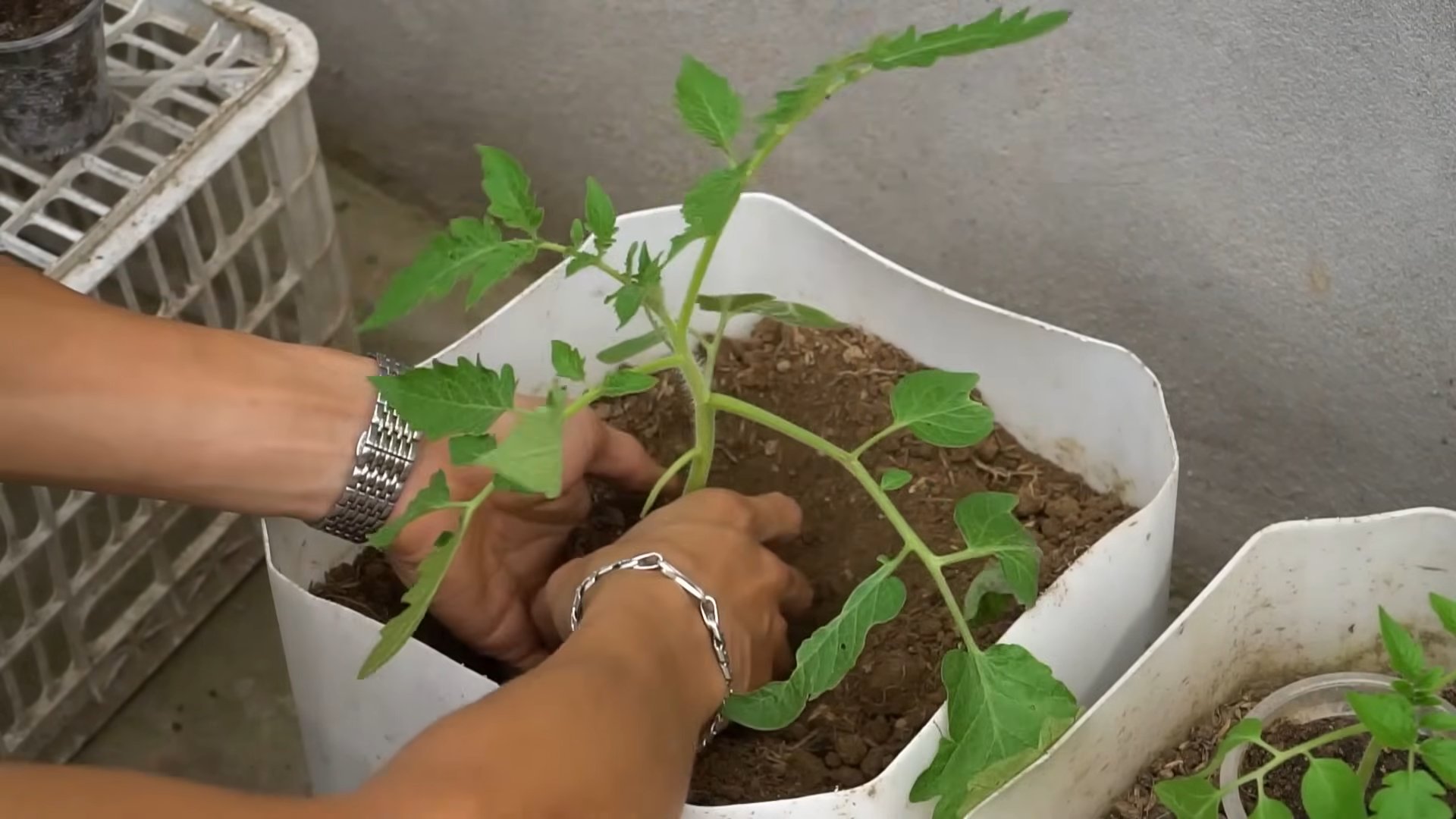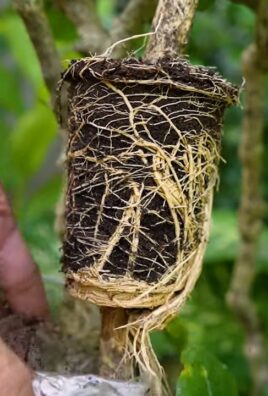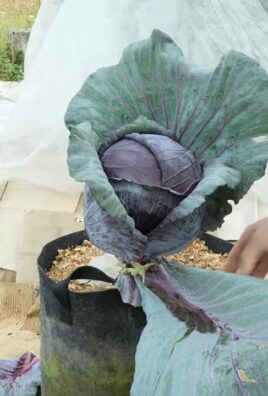Continuous Tomato Harvest: Your Guide to Endless Summer Tomatoes
I’ve always loved the taste of homegrown tomatoes, that juicy burst of sunshine in every bite. But nothing’s more frustrating than a tomato plant that produces a huge crop all at once, leaving you overwhelmed with canning and preserving, followed by weeks of nothing. That’s why I’m so passionate about achieving a continuous tomato harvest – a steady stream of ripe, delicious tomatoes throughout the entire growing season. This article is your key to unlocking that dream!
The desire for a consistent tomato yield isn’t new; gardening, and particularly tomato cultivation, has a rich history stretching back centuries. Different cultures have developed unique techniques to coax the best from their plants, and many of these traditional methods are still incredibly relevant today. Understanding these historical practices, combined with modern gardening knowledge, is the foundation of achieving a continuous tomato harvest.
Why should you strive for a continuous harvest? Imagine this: fresh, flavorful tomatoes for salads, sauces, and sandwiches all summer long, without the overwhelming glut and subsequent barren period. No more frantic preserving sessions or the disappointment of a plant that’s suddenly stopped producing. A continuous tomato harvest means consistent enjoyment, less waste, and a more satisfying gardening experience. This article will share my tried-and-true DIY techniques and simple tricks to help you achieve this rewarding goal, transforming your garden from a seasonal burst to a year-round source of deliciousness.

Maximize Your Tomato Harvest: A Continuous Bounty Guide
I’ve always loved the taste of homegrown tomatoes, but the traditional “all-at-once” harvest was always frustrating. So I developed this system to get a continuous supply of ripe tomatoes throughout the season. It’s all about understanding the tomato plant’s growth cycle and a few clever tricks!
Phase 1: Planting and Early Care
- Choose the right varieties: Select a mix of early, mid-season, and late-season tomato varieties. This staggered ripening ensures a longer harvest. I like to use a mix of determinate (bushy) and indeterminate (vining) types for even more variety in timing.
- Start seeds indoors (optional): Starting seeds indoors 6-8 weeks before the last expected frost gives your plants a head start. This is especially helpful for longer-season varieties.
- Prepare your soil: Tomatoes love well-drained, nutrient-rich soil. Amend your garden soil with compost or aged manure to improve its structure and fertility. A soil test can help you determine what nutrients your soil might be lacking.
- Plant at the right time: Wait until all danger of frost has passed before transplanting seedlings outdoors or directly sowing seeds. Check your local frost dates for guidance.
- Spacing is key: Give your tomato plants enough space to grow. Follow the spacing recommendations on the seed packet or plant tag. Overcrowding can lead to poor air circulation and increased disease risk.
- Support your plants: Indeterminate tomatoes need support to grow vertically. Use stakes, cages, or trellises to keep the plants upright and prevent the fruit from touching the ground.
- Regular watering: Water deeply and consistently, especially during dry periods. Avoid overhead watering, which can promote fungal diseases. A soaker hose or drip irrigation system is ideal.
- Fertilize regularly: Feed your plants with a balanced tomato fertilizer every 2-3 weeks. Follow the instructions on the fertilizer package carefully.
Phase 2: Pruning and Training
- Suckering: Indeterminate tomatoes produce suckers – small shoots that grow from the junction of the main stem and branches. Regularly remove these suckers to encourage more energy to go into fruit production. Pinch them off when they are small, about 2-3 inches long.
- Pruning for air circulation: Remove any leaves that are yellowing, diseased, or shading the fruit. Good air circulation helps prevent fungal diseases.
- Training indeterminate varieties: Train your indeterminate tomatoes to grow vertically by tying the main stem and branches to the support structure. This keeps the plant organized and makes harvesting easier.
Phase 3: Harvesting and Ongoing Care
- Harvest regularly: Harvest tomatoes when they are fully ripe and have their characteristic color. Don’t wait for them to over-ripen on the vine. Regular harvesting encourages the plant to produce more fruit.
- Monitor for pests and diseases: Regularly inspect your plants for signs of pests or diseases. Take action promptly if you find any problems. Consider using organic pest control methods whenever possible.
- Mulching: Apply a layer of mulch around your tomato plants to help retain moisture, suppress weeds, and regulate soil temperature.
- Deadheading: Remove spent blossoms to encourage the plant to focus its energy on developing existing fruit.
- Continue fertilizing: Keep fertilizing your plants throughout the growing season to maintain their vigor and fruit production.
- Water consistently: Maintain consistent watering throughout the growing season, adjusting as needed based on weather conditions.
- Succession planting: To extend your harvest even further, plant new tomato seedlings every few weeks throughout the growing season. This will give you a staggered harvest, ensuring a continuous supply of ripe tomatoes.
Phase 4: Extending the Season
- Protecting from frost: If you live in an area with early frosts, consider using row covers or other frost protection methods to extend your harvest into the fall.
- Indoor growing (optional): You can also try growing tomatoes indoors during the colder months using grow lights. This allows you to enjoy fresh tomatoes year-round.
- Harvesting green tomatoes: If a frost threatens, harvest green tomatoes and allow them to ripen indoors. Place them in a paper bag with an apple or banana to speed up the ripening process. This is a great way to salvage your harvest before the first frost.
Phase 5: Post-Harvest Care
- Clean up: Once the growing season is over, remove all plant debris from your garden to prevent the spread of diseases and pests.
- Compost: Add the healthy plant material to your compost pile to enrich your soil for next year’s planting.
- Plan for next year: Take notes on which varieties performed best and make a plan for next year’s tomato garden, incorporating what you’ve learned this season.

Conclusion
This DIY continuous tomato harvest method is a game-changer for home gardeners, offering a significantly extended harvest season and a bountiful yield. By employing simple techniques like pruning, supporting the plants, and carefully managing watering and fertilization, you can coax your tomato plants to produce ripe, juicy tomatoes for weeks, even months, longer than traditional methods. This isn’t just about getting more tomatoes; it’s about experiencing the joy of a consistent, rewarding harvest throughout the growing season. The satisfaction of picking fresh, homegrown tomatoes from your garden, day after day, is unparalleled. The initial investment of time and effort in implementing this continuous tomato harvest technique is far outweighed by the long-term rewards. You’ll not only enjoy a continuous supply of delicious tomatoes for your salads, sauces, and canning projects, but you’ll also gain a deeper understanding of your plants and the art of gardening itself. Don’t be afraid to experiment with different varieties of tomatoes; some are better suited to continuous harvesting than others. Consider trying cherry tomatoes, grape tomatoes, or other smaller varieties known for their prolific fruiting habits. You can also adapt this method to suit your specific climate and growing conditions. Remember, the key is consistent care and attention to detail.
Beyond the techniques outlined, consider exploring companion planting. Basil, for instance, is a great companion plant for tomatoes, repelling pests and enhancing flavor. Regularly checking your plants for pests and diseases is crucial for maintaining a healthy and productive harvest. Early detection and treatment can prevent significant losses. Finally, don’t be afraid to experiment with different pruning techniques to find what works best for your plants and your garden space. Some gardeners prefer to prune more aggressively, while others take a more hands-off approach. The beauty of this method is its adaptability. You can tailor it to your specific needs and preferences. We strongly encourage you to try this continuous tomato harvest method and share your experiences with us! Post your photos and results on social media using #ContinuousTomatoHarvest and tag us – we’d love to see your bountiful harvest and learn from your successes (and even your challenges!). Let’s build a community of gardeners who are mastering the art of continuous tomato production. Remember, gardening is a journey, not a race. Enjoy the process, learn from your experiences, and savor the delicious rewards of your labor. This continuous tomato harvest method is your passport to a summer filled with the freshest, most flavorful tomatoes you’ve ever tasted.
Frequently Asked Questions
What types of tomatoes are best for continuous harvesting?
While many tomato varieties can benefit from this method, cherry tomatoes, grape tomatoes, and other smaller, prolific varieties are generally best suited for continuous harvesting. These types tend to produce fruit more consistently over a longer period. However, with proper care and attention, even larger tomato varieties can be encouraged to produce a more extended harvest.
How often should I prune my tomato plants?
Regular pruning is key to a successful continuous tomato harvest. Aim to prune your plants at least once a week, removing suckers (small shoots that grow between the main stem and branches), dead leaves, and any diseased or damaged parts of the plant. This helps to direct the plant’s energy towards fruit production.
What kind of support system do I need for my tomato plants?
A strong support system is essential to prevent the plants from becoming overloaded with fruit and to ensure good air circulation. Cages, stakes, or trellises are all effective options. Choose a support system that is appropriate for the size and type of your tomato plants.
How much water and fertilizer do my tomato plants need?
Consistent watering is crucial, especially during hot and dry periods. Water deeply and regularly, ensuring the soil remains moist but not waterlogged. Fertilize your plants regularly with a balanced fertilizer, following the instructions on the package. Over-fertilizing can be detrimental, so start with a lower concentration and adjust as needed.
What if my tomato plants get pests or diseases?
Regularly inspect your plants for signs of pests or diseases. Early detection and treatment are essential. Use organic pest control methods whenever possible. If a disease is severe, you may need to remove affected parts of the plant or even the entire plant to prevent the spread of the disease.
Can I use this method in containers?
Absolutely! This continuous tomato harvest method works well in containers as long as you choose the right size container and provide adequate support for the plants. Ensure the containers have good drainage to prevent waterlogging.
What are some common mistakes to avoid?
Some common mistakes include neglecting to prune regularly, providing inadequate support, overwatering or underwatering, and failing to fertilize appropriately. Consistent care and attention to detail are crucial for success.
How long can I expect a continuous harvest to last?
The duration of your continuous harvest will depend on several factors, including the tomato variety, your climate, and the care you provide. However, with proper techniques, you can significantly extend your harvest season, often enjoying ripe tomatoes for several weeks or even months longer than with traditional methods.
Where can I find more information on continuous tomato harvesting?
Numerous online resources, gardening books, and experienced gardeners can provide additional information and guidance on continuous tomato harvesting. Don’t hesitate to seek out advice and share your experiences with others.
Is this method suitable for all climates?
While this method can be adapted to various climates, it’s most effective in regions with warm, sunny weather and a long growing season. In cooler climates, you may need to provide additional protection from frost or cold temperatures.





Leave a Comment